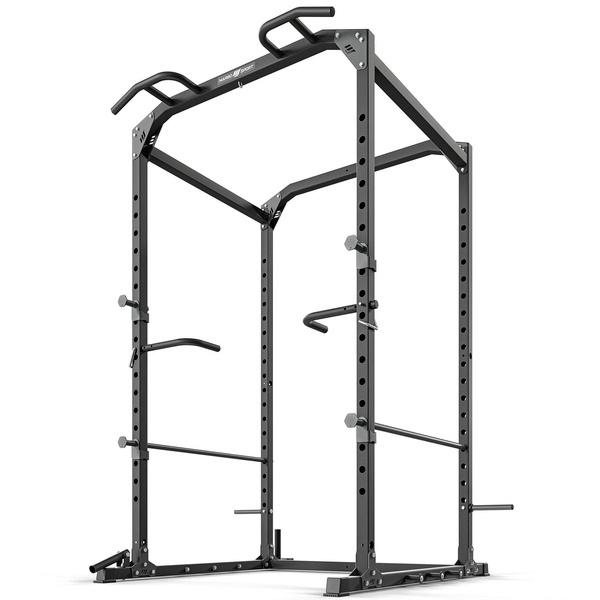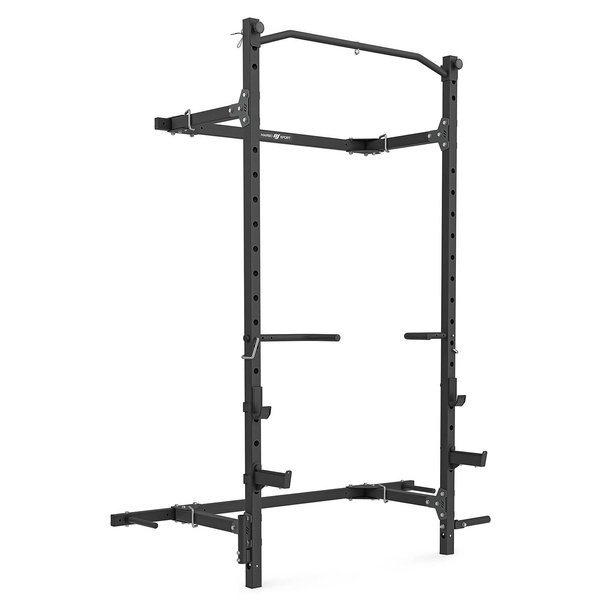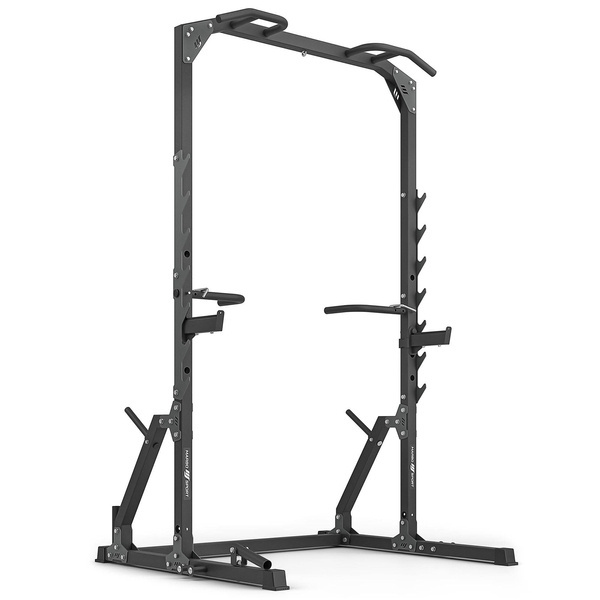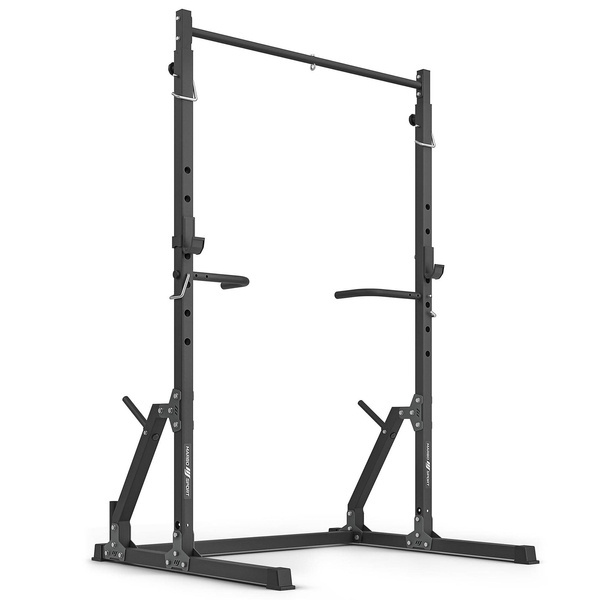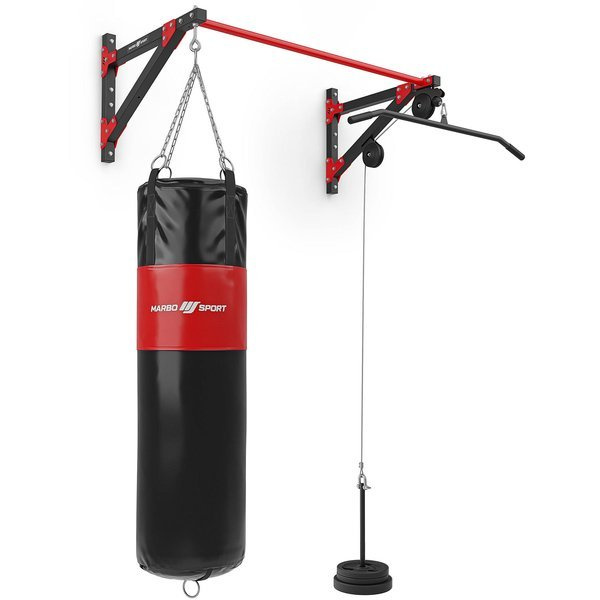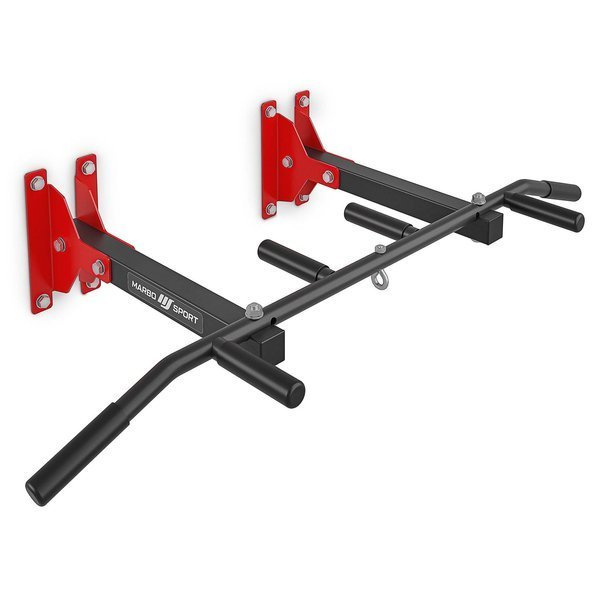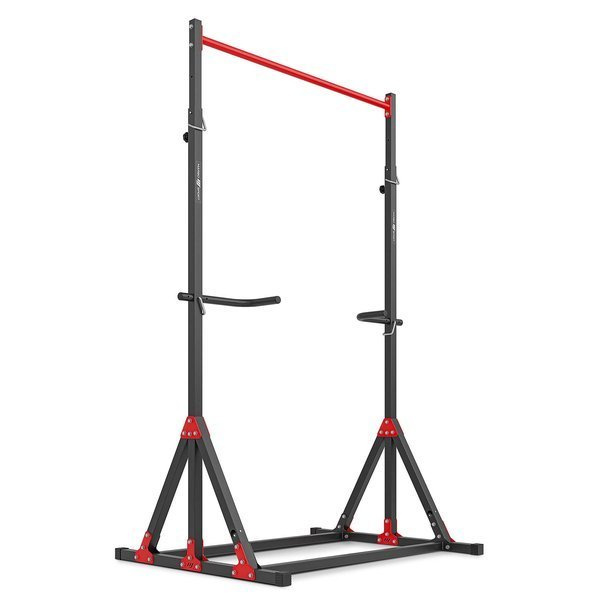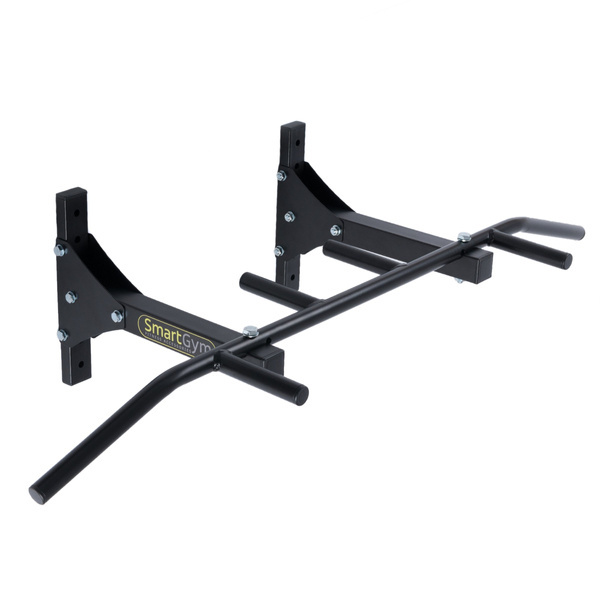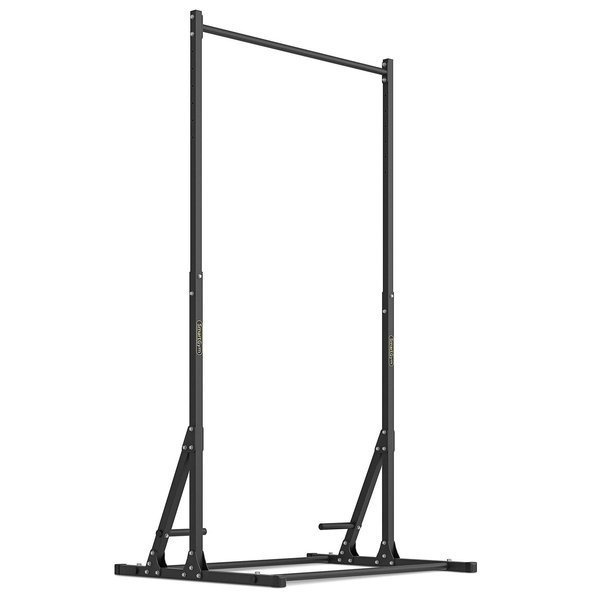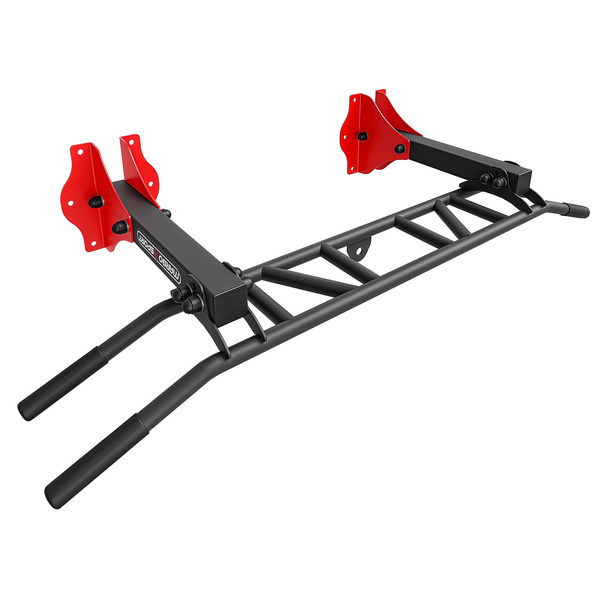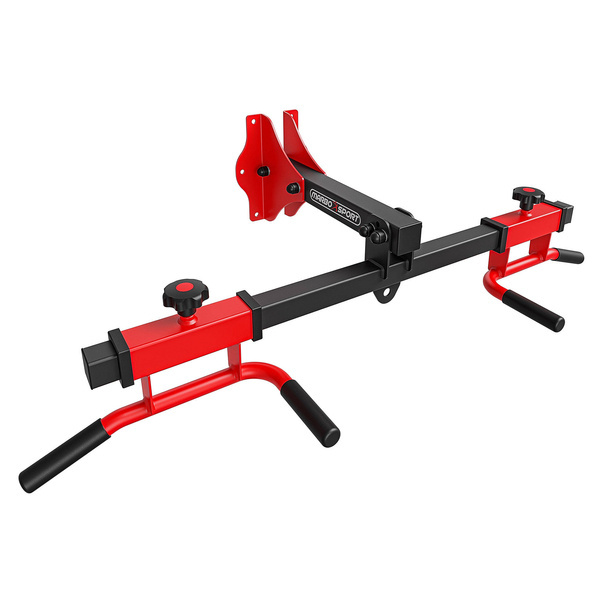Pull-up bars
-10%
Lowest product price in the last 30 days: 310,00 €475,00 €428,00 €inkl. MwSt.

Available immediately, large quantity in stock
-10%
Lowest product price in the last 30 days: 262,00 €297,90 €268,00 €inkl. MwSt.

Available immediately, large quantity in stock
-10%
Lowest product price in the last 30 days: 310,00 €352,00 €317,00 €inkl. MwSt.

Available on request, extended lead time
-10%
Lowest product price in the last 30 days: 219,00 €249,00 €224,00 €inkl. MwSt.

Available immediately, large quantity in stock
-10%
Lowest product price in the last 30 days: 114,00 €129,89 €117,00 €inkl. MwSt.

Available immediately, large quantity in stock
-11%
Lowest product price in the last 30 days: 57,00 €64,89 €58,00 €inkl. MwSt.

Available immediately, large quantity in stock
-10%
Lowest product price in the last 30 days: 167,00 €189,89 €171,00 €inkl. MwSt.

Available immediately, large quantity in stock
-9%
Lowest product price in the last 30 days: 43,00 €48,60 €44,00 €inkl. MwSt.

Available immediately, large quantity in stock
-10%
Lowest product price in the last 30 days: 141,00 €159,89 €144,00 €inkl. MwSt.

Available immediately, large quantity in stock
-10%
Lowest product price in the last 30 days: 92,00 €104,89 €94,00 €inkl. MwSt.

Available immediately, large quantity in stock
-10%
Lowest product price in the last 30 days: 84,00 €94,89 €85,00 €inkl. MwSt.

Available immediately, large quantity in stock

